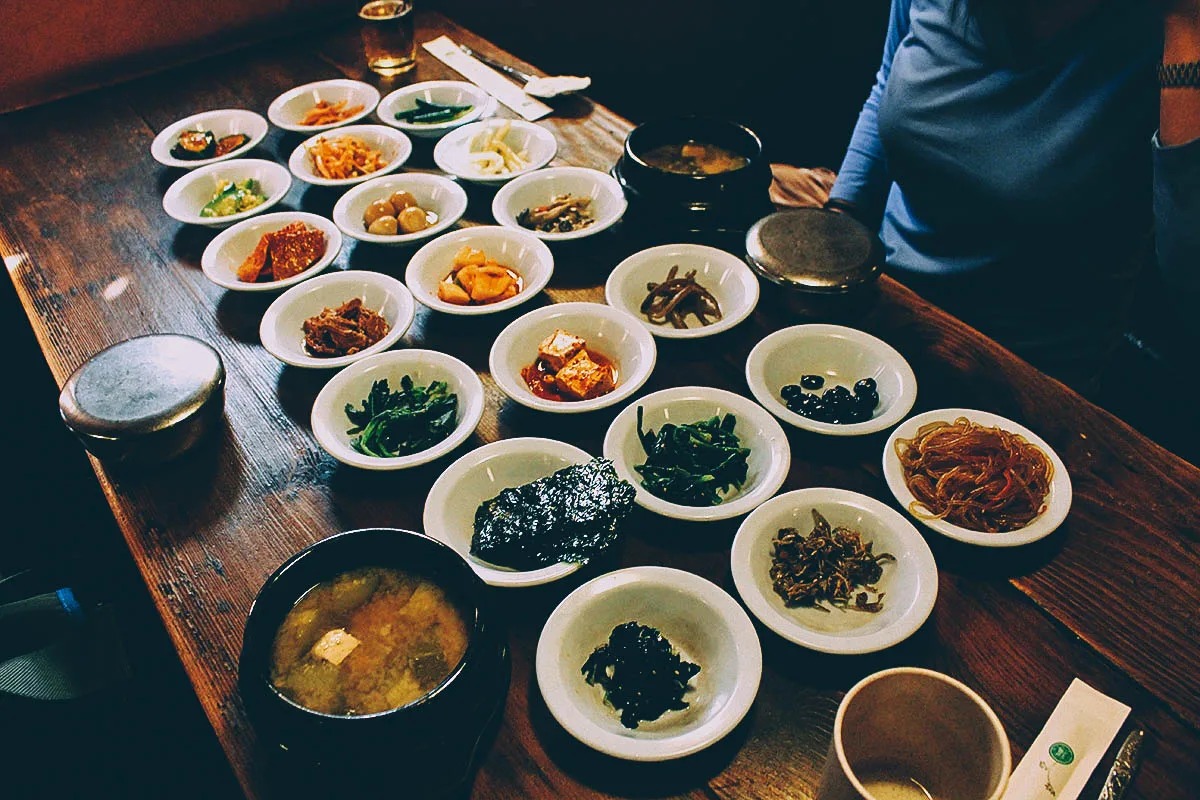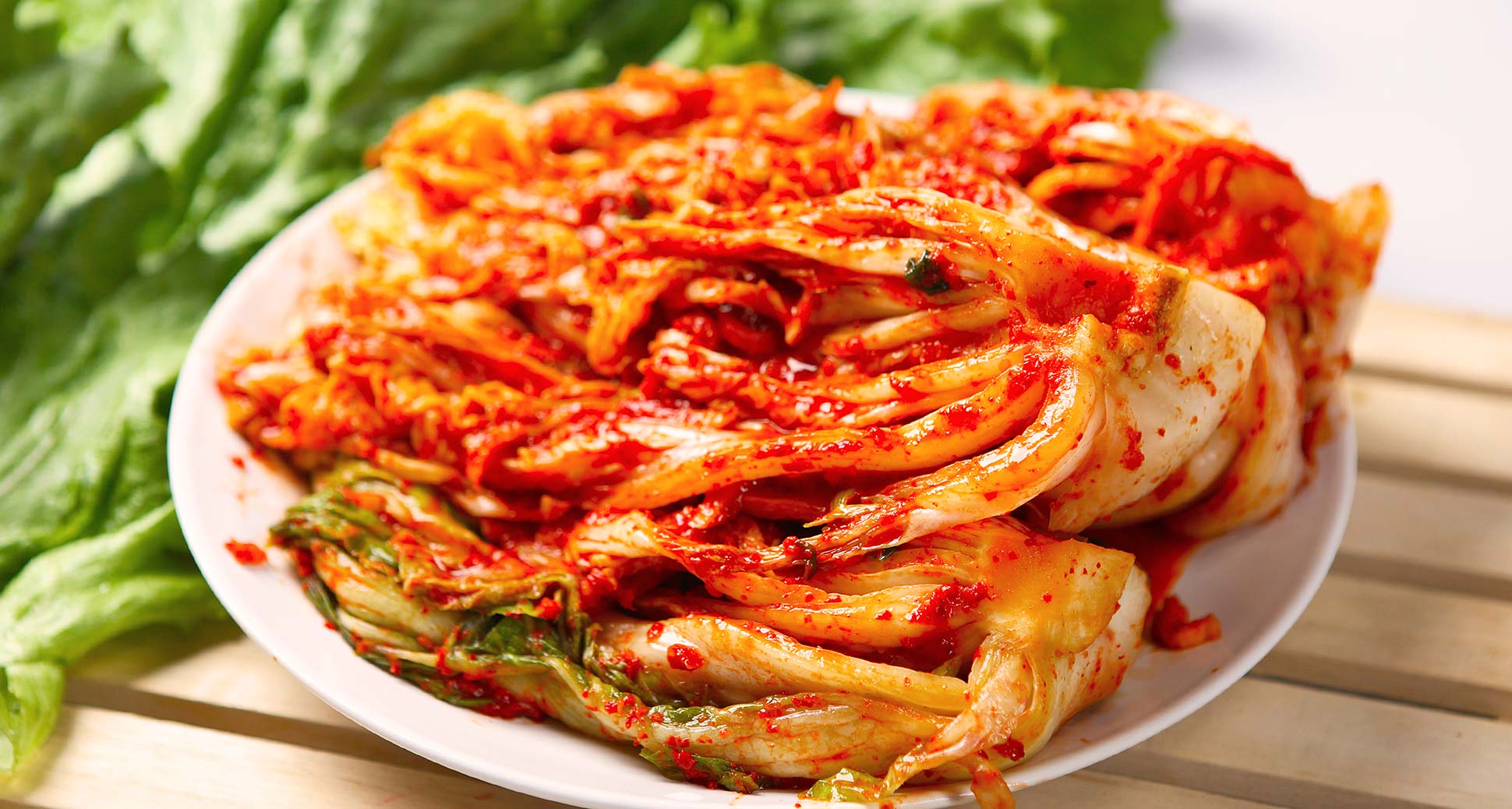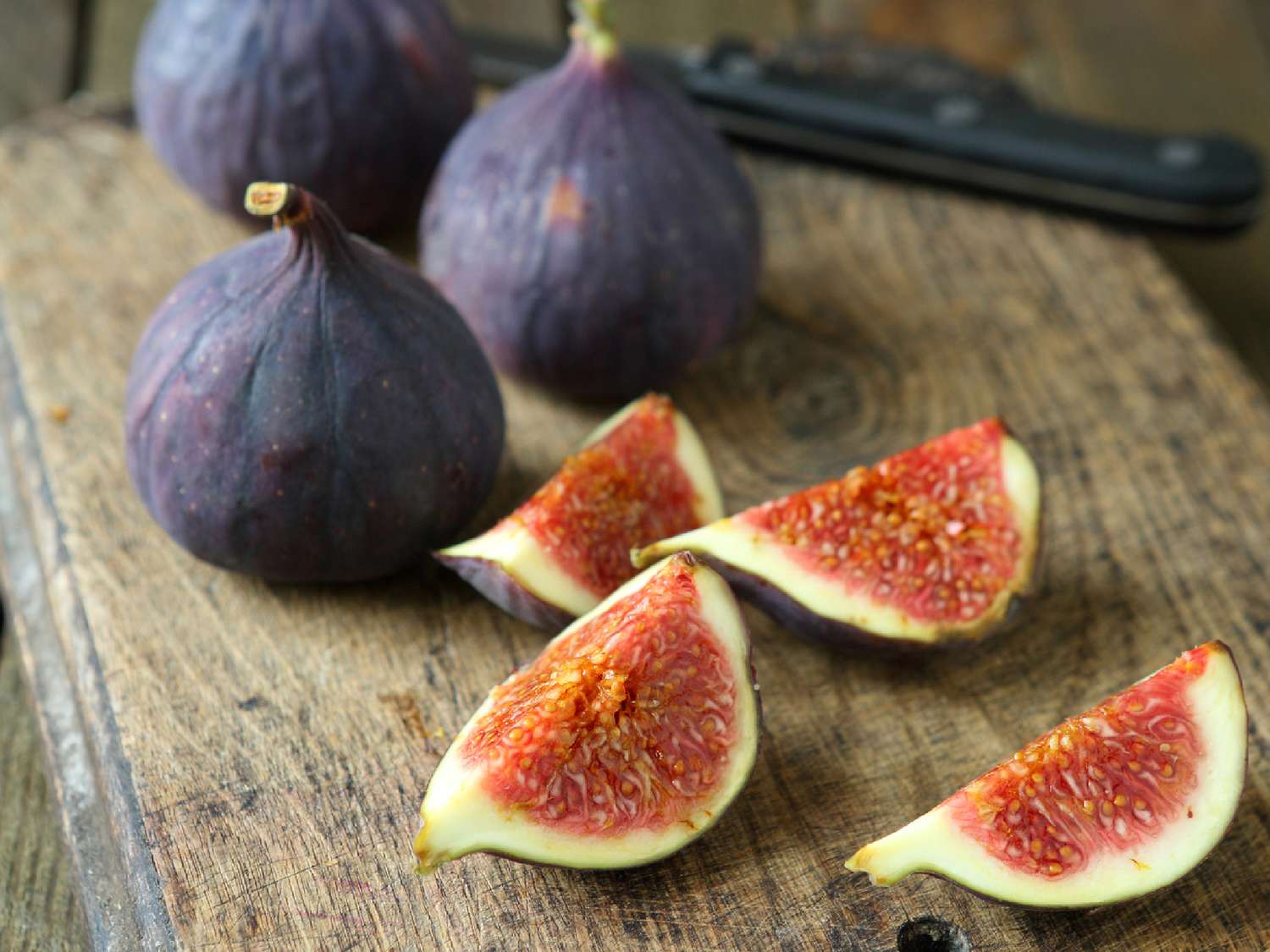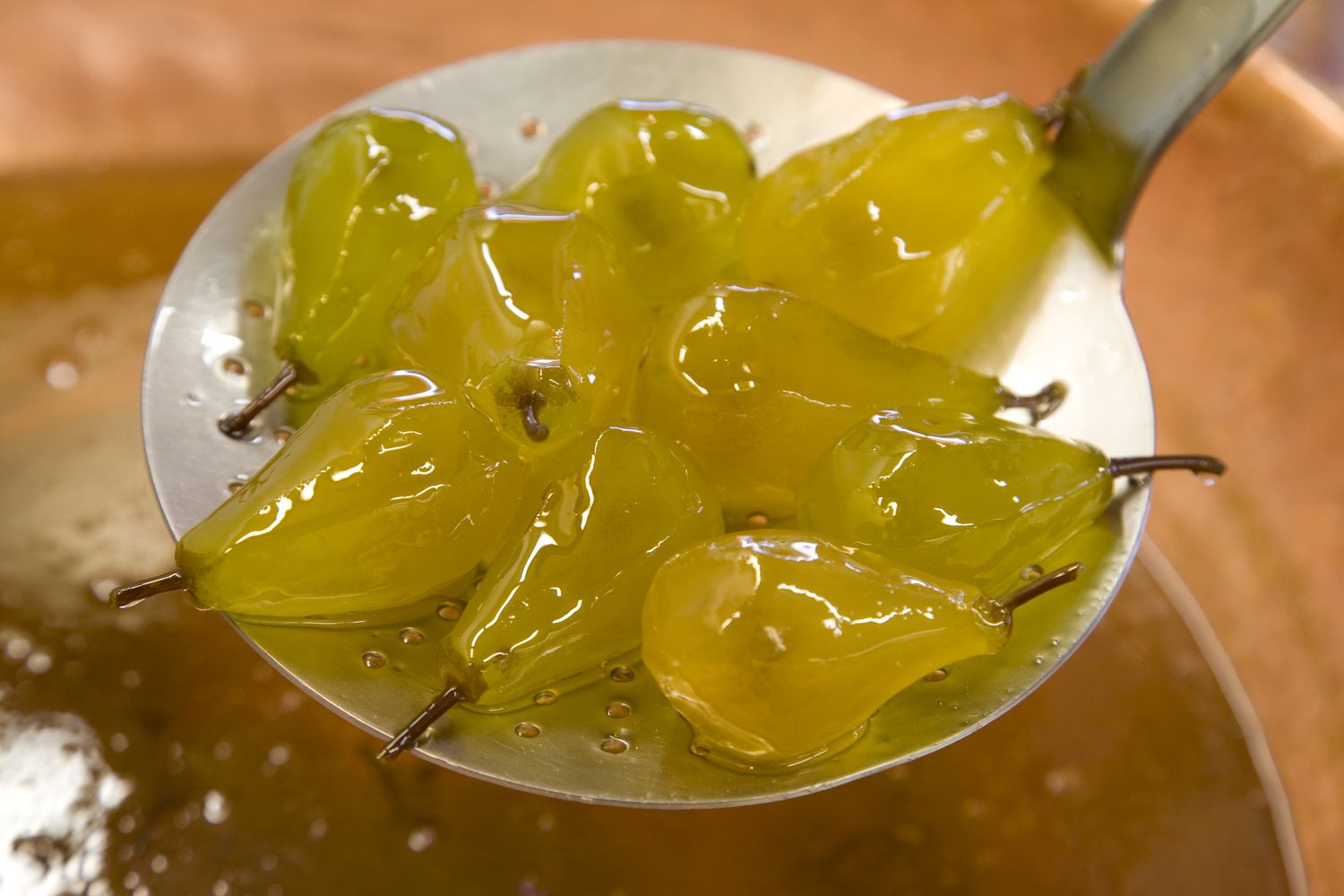What is Fermented Rice?
Fermented rice, also known as rice wine or rice vinegar, is a traditional Asian ingredient that is made by fermenting rice with the help of yeast and bacteria. It is commonly used in Asian cuisines for its unique flavor and health benefits. Fermented rice can be enjoyed in various forms, and it adds a delightful tangy flavor to dishes.
Ways to Enjoy Fermented Rice
There are several delicious ways to incorporate fermented rice into your diet. Here are some popular methods:
- Rice Wine: Fermented rice can be used to make rice wine, a popular alcoholic beverage in many Asian countries. It is often enjoyed on its own or used in cooking to add depth of flavor to dishes.
- Rice Vinegar: Fermented rice can also be turned into rice vinegar, which is commonly used in salad dressings, marinades, and pickling. Its tangy flavor adds a refreshing kick to dishes.
- Marinades and Sauces: Fermented rice can be used to create flavorful marinades and sauces for meats, seafood, and vegetables. Its unique taste enhances the overall flavor of the dish.
- Pickled Vegetables: Fermented rice can be used to pickle vegetables, adding a tangy and crunchy element to the dish. Pickled vegetables are a popular side dish in many Asian cuisines.
- Desserts: In some Asian desserts, fermented rice is used to add a hint of sweetness and tanginess. It can be incorporated into sweet treats like rice pudding or sweet soups.
Health Benefits of Fermented Rice
In addition to its delicious flavor, fermented rice also offers several health benefits:
- Probiotics: Fermented rice contains beneficial probiotics that support gut health and digestion.
- Antioxidants: It is rich in antioxidants, which help protect the body from oxidative stress and inflammation.
- Improved Nutrient Absorption: The fermentation process can increase the bioavailability of nutrients in rice, making it easier for the body to absorb essential vitamins and minerals.
- Heart Health: Some studies suggest that the consumption of fermented rice may have a positive impact on heart health, including cholesterol levels and blood pressure.
How to Store Fermented Rice
To ensure the longevity and quality of fermented rice, it is important to store it properly. Here are some tips for storing fermented rice:
- Refrigeration: Once opened, store fermented rice in the refrigerator to maintain its freshness and flavor.
- Airtight Container: Transfer the fermented rice to an airtight container to prevent exposure to air and moisture, which can affect its taste and texture.
- Away from Sunlight: Keep the container of fermented rice away from direct sunlight, as UV rays can degrade its quality.
- Follow Expiry Date: Pay attention to the expiry date of the fermented rice and consume it before it expires for the best taste and quality.
Conclusion
Fermented rice is a versatile and flavorful ingredient that can be enjoyed in various forms, from rice wine to pickled vegetables. Its health benefits and unique taste make it a valuable addition to any kitchen. By exploring different ways to incorporate fermented rice into your meals, you can elevate the flavor and nutritional value of your dishes.
For those diving into the world of fermented rice, there are several exciting recipes to try that will both utilize and showcase this ingredient. The Fermented Rice Fried Rice is a great starting point, offering a familiar dish with a unique twist. If you're looking for something a bit more adventurous, the Fermented Rice and Kimchi Pancakes combine tangy flavors with a delightful texture. For a refreshing option, the Fermented Rice and Bean Sprout Salad brings a crisp and light dish to the table. And for dessert lovers, the Sweet Fermented Rice Pudding is a must-try, providing a sweet and creamy finish to any meal. Each of these recipes not only emphasizes the versatility of fermented rice but also makes it easy for anyone to incorporate this nutritious ingredient into their everyday cooking.











